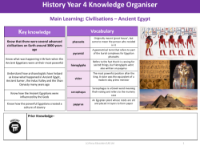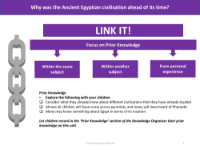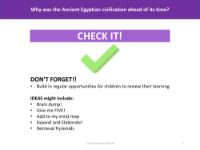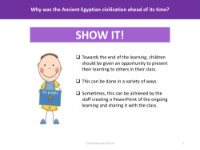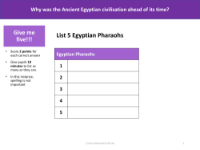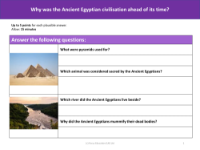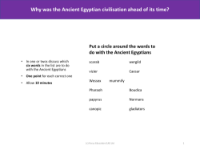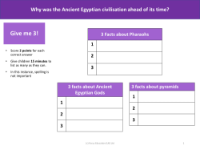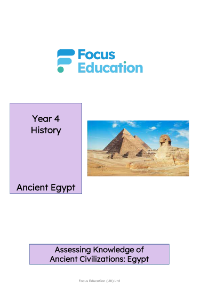2 facts about Mummies and scarabs
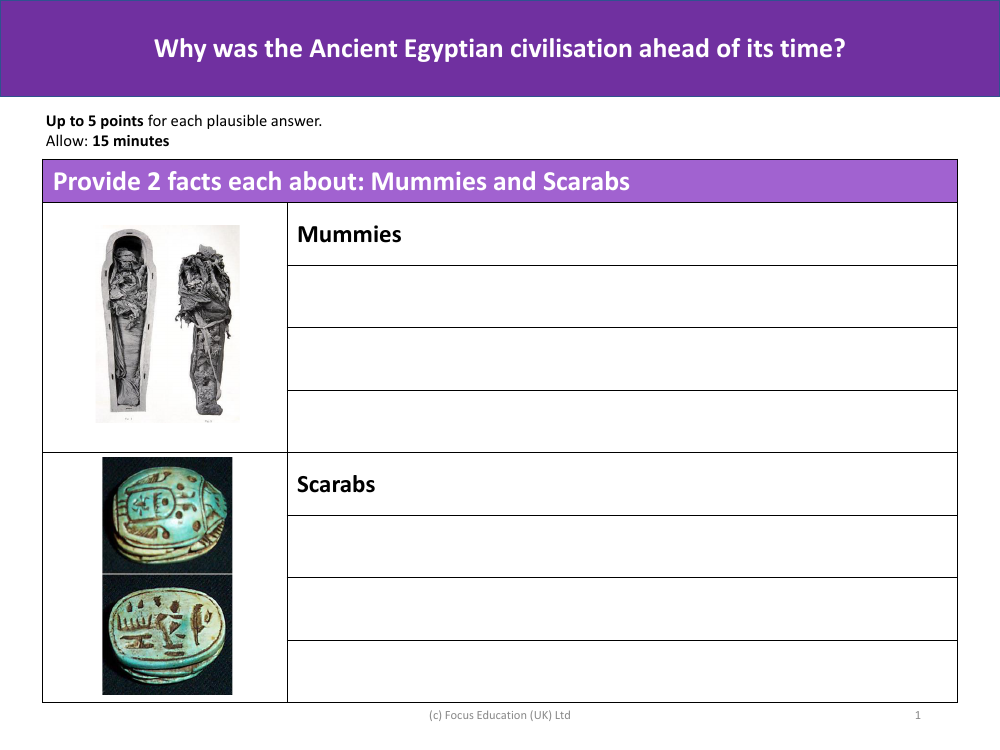
History Resource Description
Mummies in ancient Egypt were preserved bodies that underwent a meticulous embalming process, which involved removing internal organs, treating the body with natron (a type of salt) to dry it out, and then wrapping it in layers of linen. This practice was rooted in the Egyptians' belief in the afterlife, where they thought preservation of the body was essential for the deceased to be reborn and live again. Mummification was not only for humans but also for animals, which were often buried with their owners or as offerings to specific deities.
Scarabs, particularly the scarab beetle, held significant religious and cultural importance in ancient Egyptian society. These beetles were symbolic of the sun god Ra and his cycle of death and rebirth, as they were observed rolling balls of dung across the ground, an action that was likened to the movement of the sun across the sky. Scarabs were often fashioned into amulets and seals, which were believed to offer protection and were commonly placed over the heart of a mummy to ensure safe passage and judgment in the afterlife.

